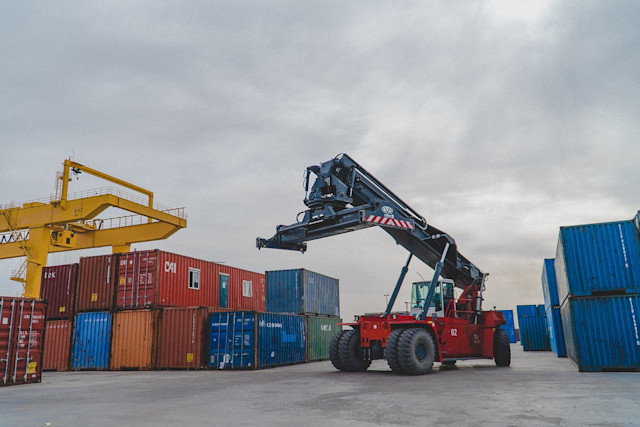17th June 2025
Everything You Need to Know About Customs and VAT

Index
What is a customs warehouse, and how does it work?
VAT warehousing: benefits and usage
Differences between customs and fiscal warehousing
What is a customs warehouse, and how does it work?
Definition and purpose
A customs warehouse is an authorized facility where non-EU goods can be stored without paying customs duties and VAT until they are released for consumption.
How does it work?
Temporary storage
goods remain in the warehouse without being cleared.
Customs controls
all operations are monitored to ensure compliance.
Deferred payments
duties and VAT are paid only when goods are released for consumption.
This system is ideal for companies importing large volumes of goods looking to optimize cash flow.
VAT warehousing: benefits and usage
What is VAT warehousing?
A VAT warehouse is a fiscal tool that allows the deferral of VAT payments on specific goods until withdrawal.
Key benefits:
Improved cash flow
delays VAT payments, enhancing financial management.
Simplified procedures
administrative ease for intra-EU operations.
Operational flexibility
store goods without upfront tax payments.
This service is particularly beneficial for companies operating in international or intra-EU markets.
Differences between customs and fiscal warehousing
Distinct features
Although they share similar purposes, the two systems have significant differences.
Customs warehousing:
Applies to non-EU goods
Defers both duties and VAT.
Is subject to strict customs controls.
VAT warehousing:
-Applies to EU or released-for-consumption goods
-Defers VAT only.
-Is primarily used for fiscal operations.
-Understanding these differences helps companies choose the right tool for their logistical and fiscal needs.
FAQ
How does fiscal warehousing work?
Fiscal warehousing allows goods to be stored without VAT payment until withdrawal, improving financial management.
What is VAT warehousing?
It is a tool that enables VAT deferral for specific operations related to EU or released-for-consumption goods.
Who needs to issue a T1?
A T1 is a mandatory customs transit document for transporting non-EU goods across the EU territory.
Visit our website to optimize your logistics and fiscal management.